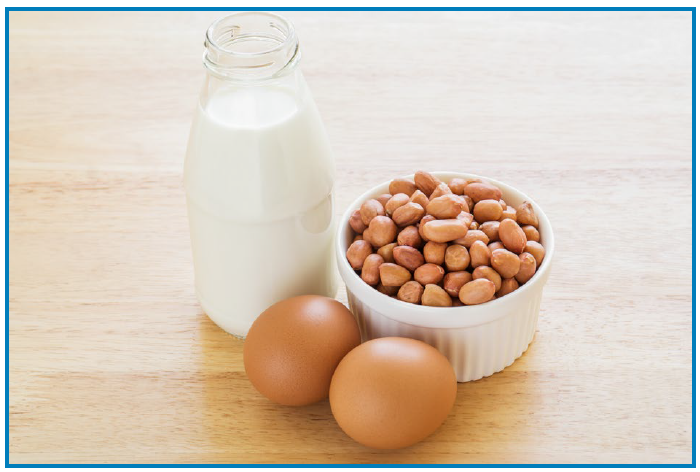Allergen Removal and Transfer Using Wiping and Cleaning Methods in Retail Food Establishments
Allergic reactions to foods are the most common cause of anaphylaxis in the United States. Preventing food allergen cross-contact is an important aspect of retail food safety. Allergen cross-contact means the unintentional incorporation of a food allergen into food. For this reason, it is important to better understand and address how wiping and cleaning of food contact surfaces relates to the transfer of food allergens in retail food establishments.
Existing FDA Food Code recommendations for wiping and cleaning food-contact surfaces have focused on preventing microorganisms such as bacteria and viruses from contaminating foods. To determine the effectiveness of these wiping and cleaning recommendations at preventing allergen cross-contact, FDA has conducted a study that investigated:
- allergen removal from surfaces by wiping with paper wipes, terry cloths and alcohol/quaternary ammonium chloride (quat) sanitizing wipes;
- cleaning of allergen-contaminated surfaces using a wash-rinse-sanitize-air dry procedure; and
- allergen transfer from contaminated wipes to multiple surfaces.
Food-contact surfaces (stainless steel, textured plastic and maple wood) were contaminated with peanut-, milk- and egg-containing foods, and subjected to various wiping and cleaning procedures.
Key Findings
- Overall, the nature and amount of allergen on a surface, as well as the type and state of wipe cloth, food-contact surface texture and material composition, influenced the effectiveness of wiping and cleaning on allergen removal and the extent of allergen transfer on surfaces.
- Full cleaning (using a wash-rinse-sanitize-air dry method) as recommended in the FDA Food Code was effective at allergen removal and minimizing allergen transfer.
- Pre-scraping food from surfaces prior to full cleaning aided allergen removal.
- Wet cloths/wipes and alcohol/quat wipes were more effective in allergen removal from surfaces than dry wipes.
- Storing cloths in sanitizer solution minimized allergen transfer between surfaces.
- Allergens were more difficult to remove from textured plastic than stainless steel or wood surfaces.
More Information
A copy of the full article is available via open access in the Journal of Food Protection.
The FDA Food Code is available at: http://www.fda.gov/FoodCode.
Send questions to the Retail Food Policy Team at: RetailFoodPolicyTeam@fda.hhs.gov.

